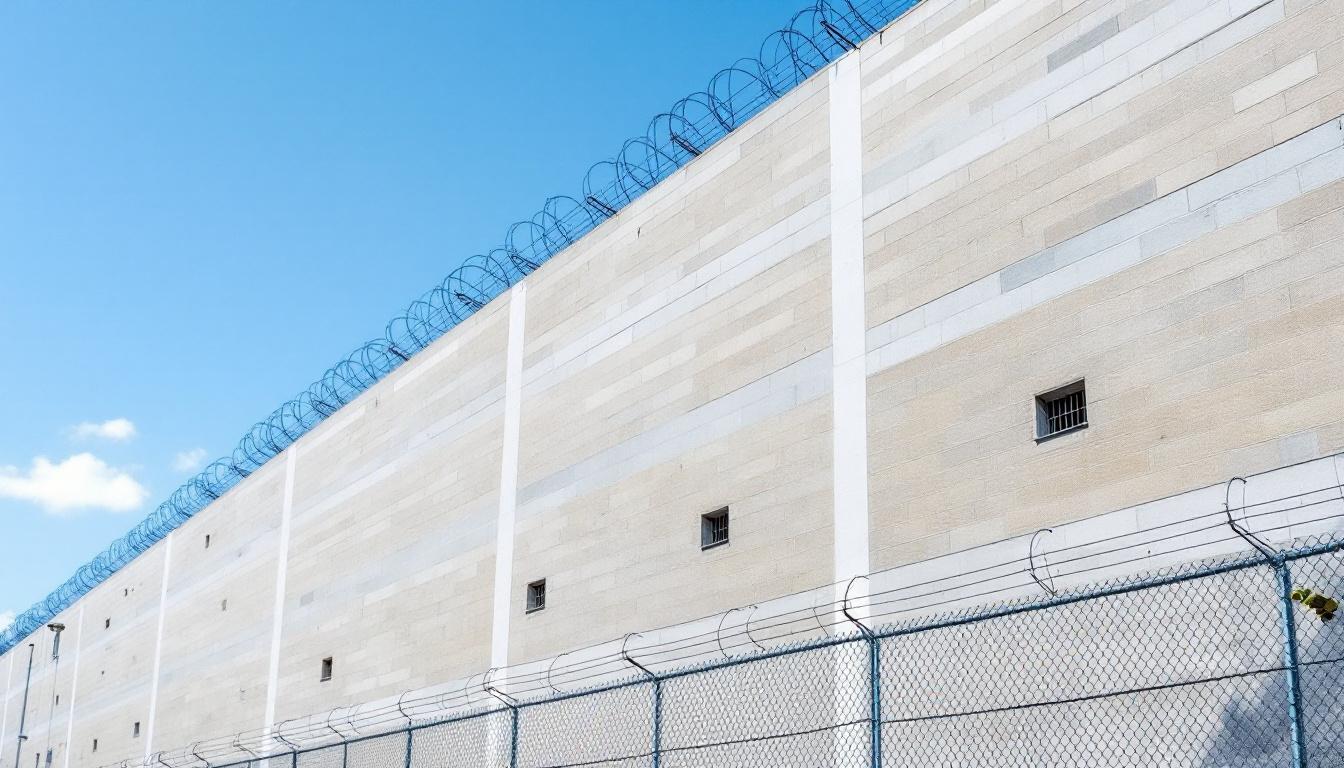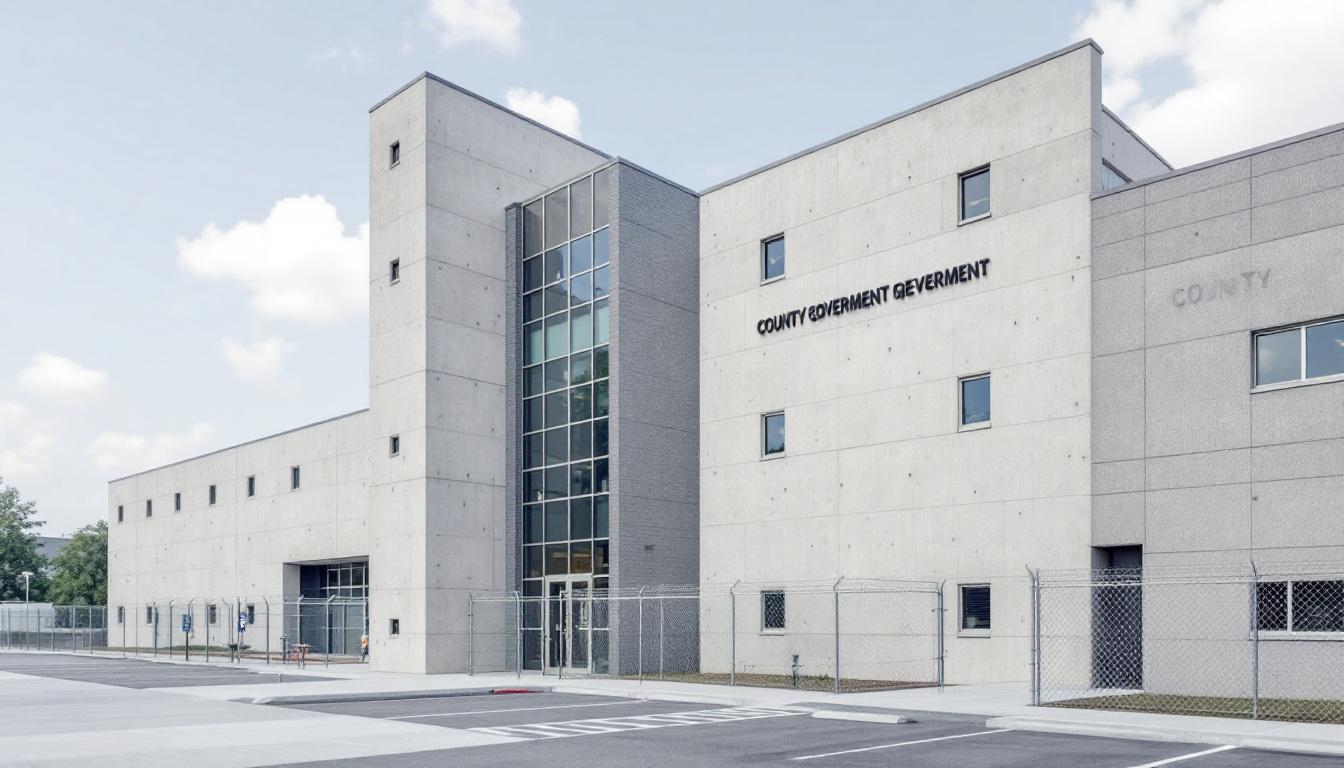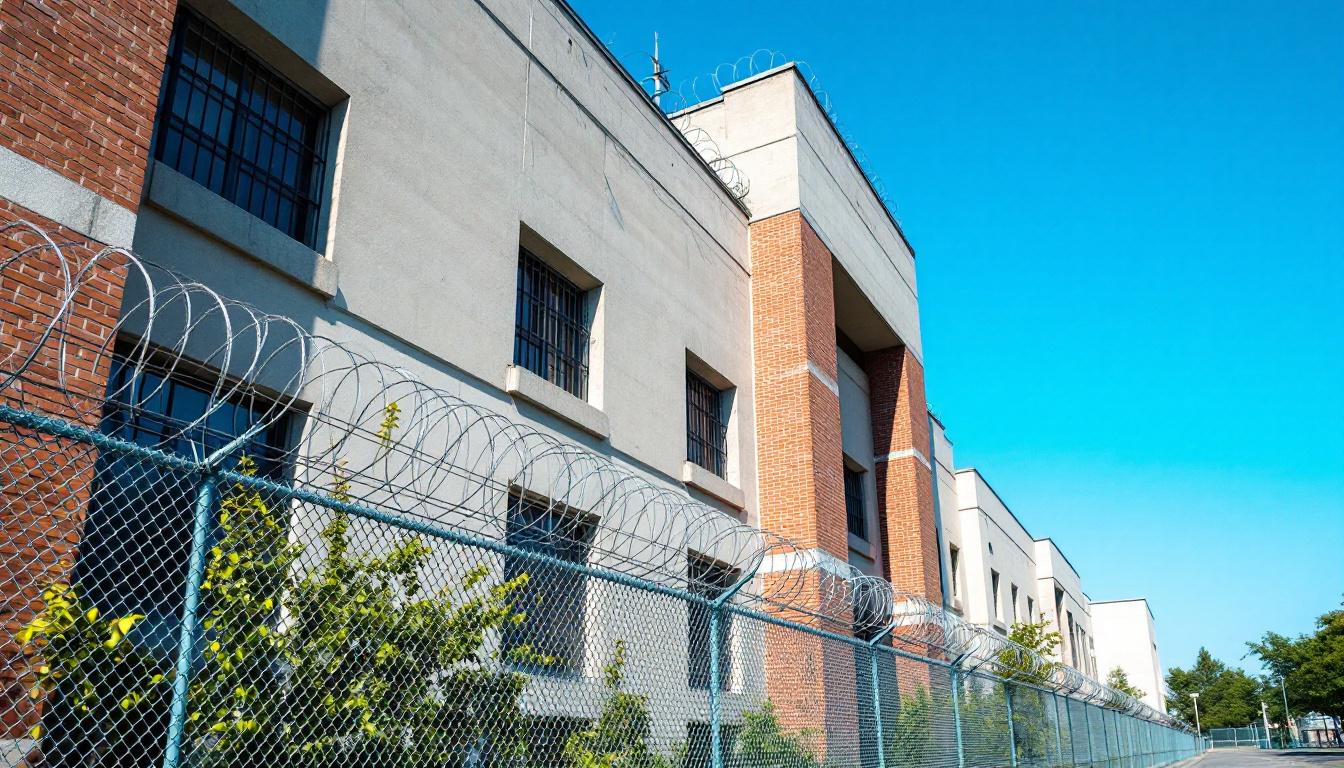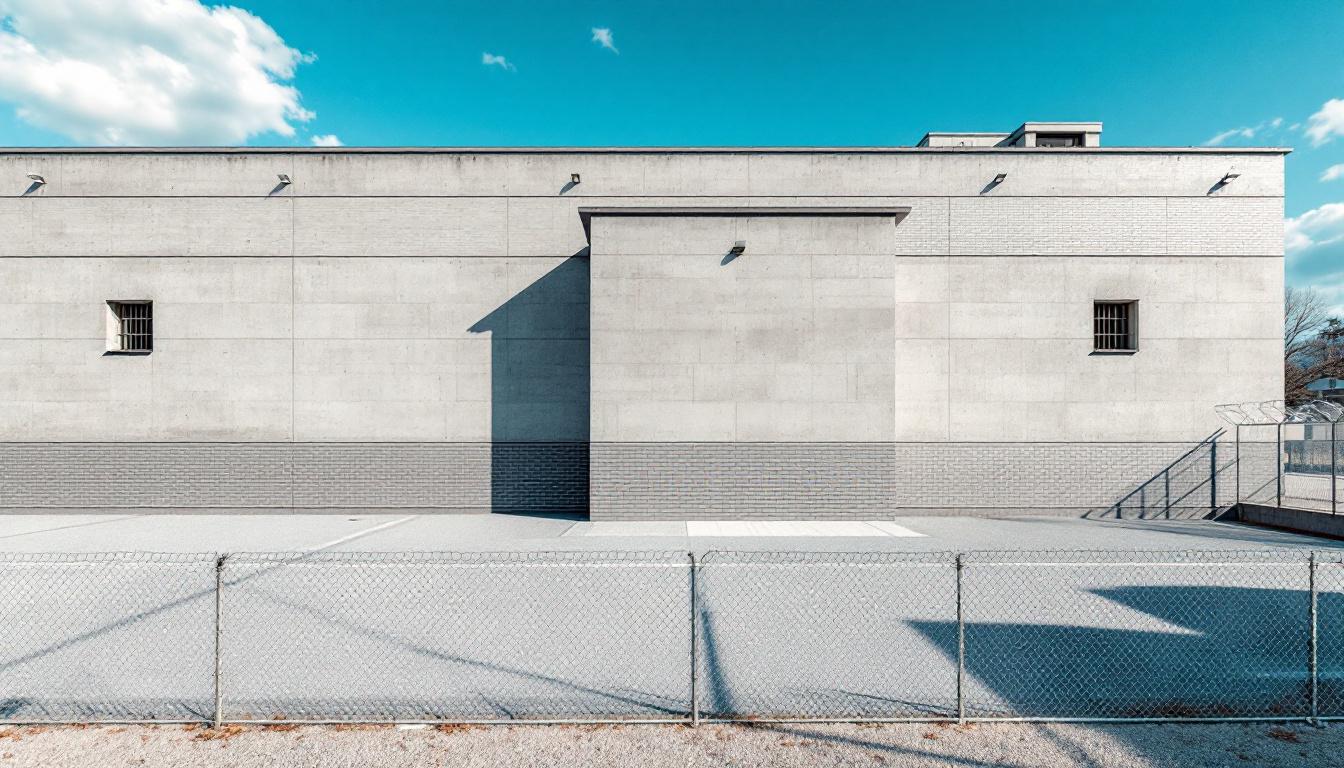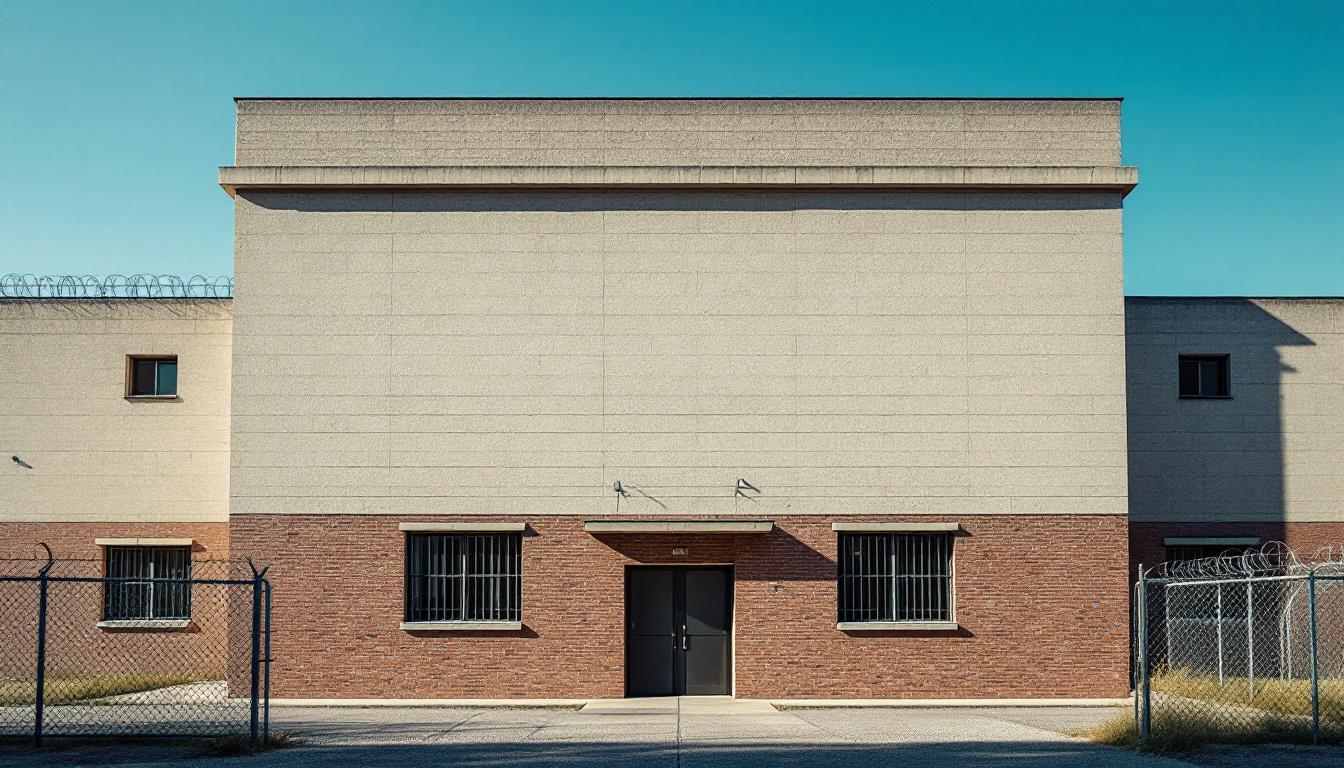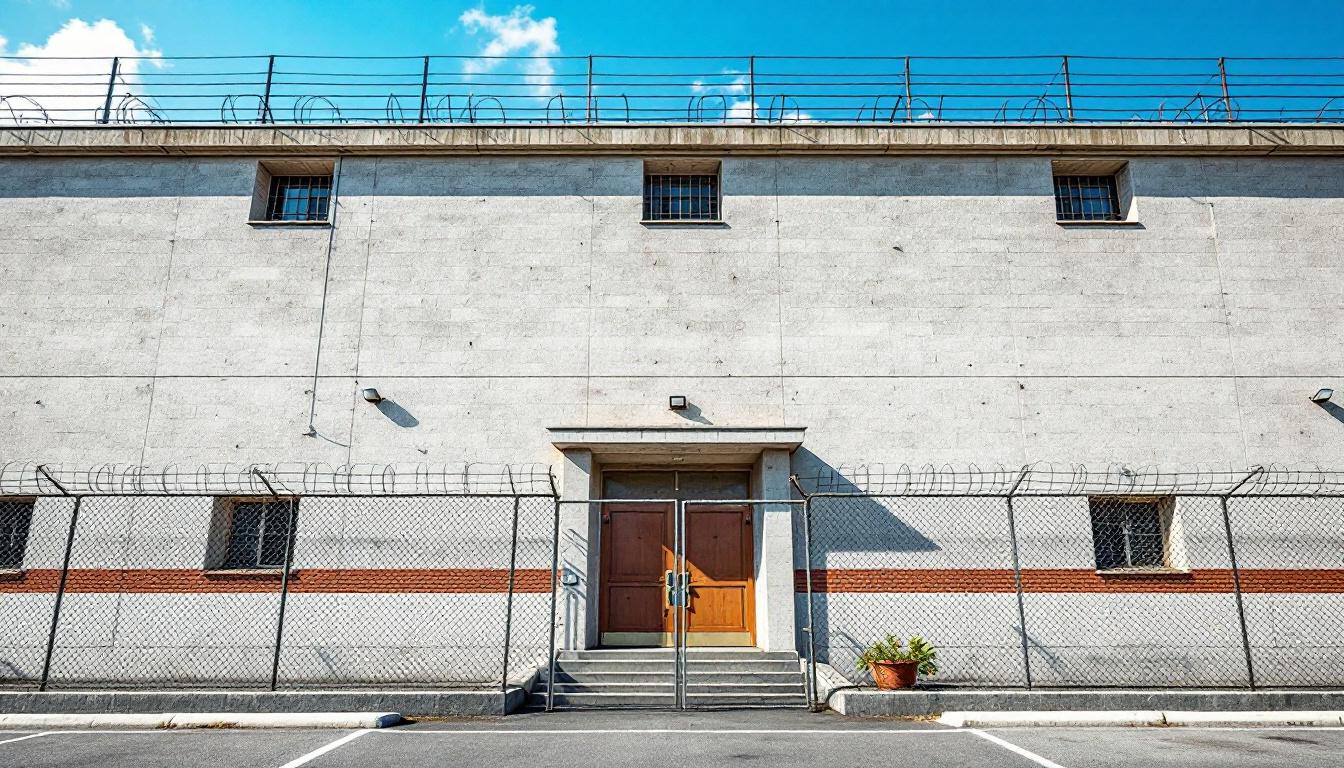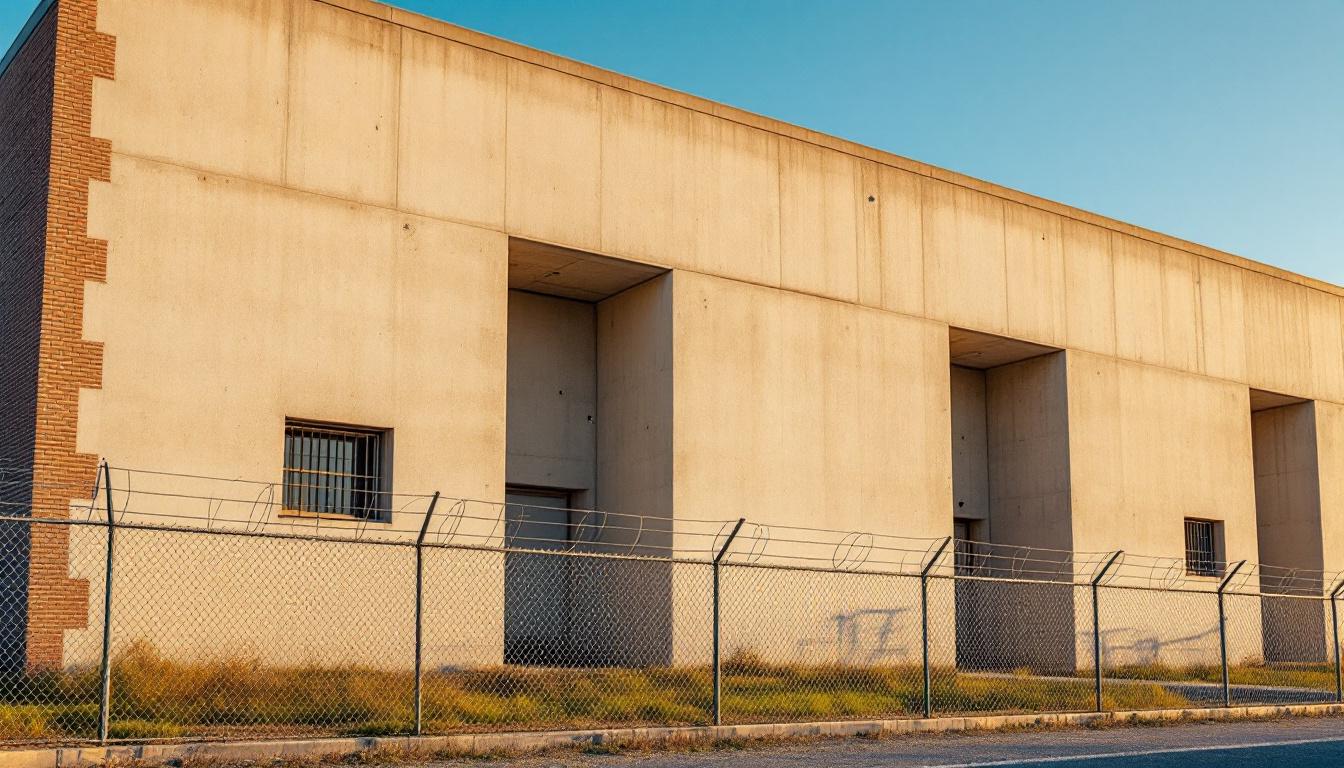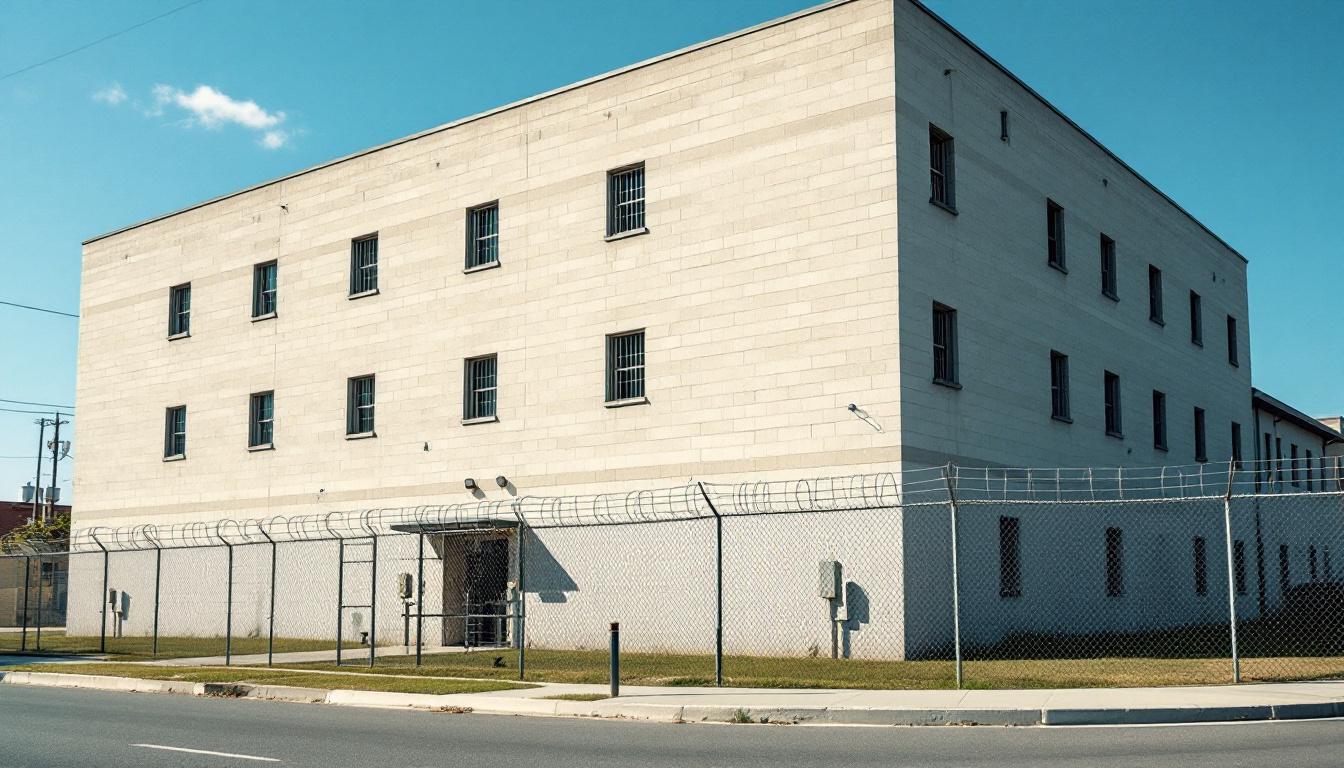
Quick Navigation
How to contact an inmate at Beauford H. Jester III Unit
This comprehensive guide will walk you through how to connect with an inmate at Beauford H. Jester III Unit. Follow the steps below to find an inmate and send letters and photos:
- Search for the inmate using our search tool below
- Create your account or log in to Penmate
- Write your message (up to 6,000 characters)
- Send instantly - inmates receive printed copies daily
Find an Inmate
Search for an inmate to start communicating today
Tip: You can search by first name, last name, or inmate ID number
To contact a person at Beauford H. Jester III Unit start by searching for the person on the official facility website. Perform a search by following these steps:
- Step 1: Enter their first name and last name into the search form and click "Search"
- Step 2: Locate their inmate record
- Step 3: Write down their Inmate ID and any housing information provided
Important! Be sure to enter the person's full name. Nicknames should not be used.
How to Send Messages to Inmates

You can use your phone or computer to send emails, letters, and photos to an inmate. Messages are sent electronically to inmate tablets or kiosks at the facility. If you would like to send a message, start by searching for an inmate at Beauford H. Jester III Unit.
Sending Photos and Postcards

A great way to send love and support to a loved one at Beauford H. Jester III Unit is to send photos and postcards. It only takes a few minutes to send photos from your phone and it makes a huge difference. You can also mail postcards with words of support and inspiration, or design your own postcard for special moments like birthdays and holidays.
Important! Be sure not to send any explicit photos or they may not be approved by the facility. You can also use a photo printing app like Penmate to make sure your photos are printed at the correct size (4x6 or 3x5) and are mailed according to the rules and regulations of Beauford H. Jester III Unit.
Frequently asked questions about Beauford H. Jester III Unit
-
How long does it take to deliver a message?
If you're sending an email message your letter is usually delivered within 24-48 hours. For messages sent via mail you should expect delivery within 3-7 days. All messages will need be approved by Beauford H. Jester III Unit.
-
How much does it cost to send a message to Beauford H. Jester III Unit?
You can send a message free using your phone or mail a message via USPS for the price of a $0.60 stamp and envelope. You can also purchase credits or e-stamps from services starting at $1.99.
-
What services can I use to contact an inmate at Beauford H. Jester III Unit?
Penmate
You can use Penmate to send letters and photos to an inmate from your phone. It's an easy way to stay in touch during your loved one's incarceration. Use the inmate locator to find an inmate's location and contact information, then you can send messages within a few minutes.
Securus messaging
Securus may be another option for communicating with an inmate at Beauford H. Jester III Unit. You can create a friends and family account and purchase credits to send messages. All messages will be reviewed and must be approved by the facility.
JPay
Some county jails and state prisons may support sending messages with JPay. You must register an account with the system, find your loved one, and purchase stamps to send messages. For some locations you can also attach photos.
Smart Jail Mail
You may also check if Smart Jail Mail is available at Beauford H. Jester III Unit. Smart Jail Mail is operated by Smart Communications and has contracted with some state and county jails. After purchasing credits, your messages and photos are sent to the facility, printed out, and then handed out to your loved one.
-
What is the mailing address of Beauford H. Jester III Unit?
Mailing address:
Beauford H. Jester III Unit
3 Jester Rd
Richmond, TX 77406
Phone: (281) 277-7000Business hours:
- Monday: Open 24 hours
- Tuesday: Open 24 hours
- Wednesday: Open 24 hours
- Thursday: Open 24 hours
- Friday: Open 24 hours
- Saturday: Open 24 hours
- Sunday: Open 24 hours
-
What are the visiting hours at Beauford H. Jester III Unit?
Visiting hours at Beauford H. Jester III Unit vary by housing unit and security level. Generally, visits are scheduled on weekends and holidays, with some facilities offering weekday visits. Contact the facility directly at (281) 277-7000 or check their website for the current visiting schedule. Visits typically last 30-60 minutes and must be scheduled in advance.
-
What items are prohibited when sending mail to Beauford H. Jester III Unit?
Prohibited items typically include: cash, personal checks, stamps, stickers, glitter, glue, tape, staples, paperclips, polaroid photos, musical or blank greeting cards, hardcover books, magazines with staples, and any items containing metal or electronics. Only send letters on plain white paper with blue or black ink. Photos must be printed on regular photo paper (no Polaroids). Always check with Beauford H. Jester III Unit for their specific mail policies.
-
How do I send money to an inmate at Beauford H. Jester III Unit?
You can send money to an inmate at Beauford H. Jester III Unit through several methods: 1) Online using JPay, Access Corrections, or the facility's approved vendor, 2) Money orders mailed directly to the facility with the inmate's name and ID number, 3) Kiosks located in the facility lobby, or 4) Over the phone using a credit or debit card. Fees vary by method, typically ranging from $2.95 to $11.95 per transaction.
-
Can I schedule a video visit with an inmate at Beauford H. Jester III Unit?
Many facilities now offer video visitation as an alternative to in-person visits. At Beauford H. Jester III Unit, video visits may be available through services like Penmate, Securus Video Connect, GTL, or ICSolutions. Video visits typically cost $10-20 for 20-30 minutes and must be scheduled in advance. You'll need a computer or smartphone with a camera and reliable internet connection. Contact the facility for their specific video visitation policies and approved vendors.
-
What identification do I need to visit an inmate at Beauford H. Jester III Unit?
All visitors must present valid government-issued photo identification such as a driver's license, state ID, passport, or military ID. Minors must be accompanied by a parent or legal guardian who can provide the minor's birth certificate. Some facilities require visitors to be on the inmate's approved visitation list, which may require a background check. Contact Beauford H. Jester III Unit for specific ID requirements and visitor approval procedures.
-
How can I find out an inmate's release date?
To find an inmate's release date at Beauford H. Jester III Unit, you can: 1) Use the online inmate search tool if available, 2) Call the facility's records department, 3) Contact the inmate's case manager or counselor, or 4) Have the inmate provide this information during a call or visit. For privacy reasons, some facilities only release this information to immediate family members.
Facility Overview
Contact Information
Beauford H. Jester III Unit3 Jester Rd
Richmond, TX 77406
Phone: (281) 277-7000
Official Website

About Beauford H. Jester III Unit
Within the sprawling metropolitan landscape of Dallas, TX, the Jester 3 Unit serves as a significant component of the state's correctional infrastructure, carrying forward decades of evolving approaches to incarceration and rehabilitation. This TX correctional facility emerged during a period when the state was expanding its correctional capacity to address growing population needs, reflecting broader historical shifts in criminal justice philosophy that emphasized both security and the potential for positive change. The facility's establishment represents part of Texas's comprehensive approach to managing its correctional system while maintaining connections to the diverse communities that characterize the Dallas region.
The historical context surrounding Jester 3 Unit, TX reveals how correctional facilities have gradually evolved to incorporate more holistic approaches to residents services, moving beyond traditional confinement models toward programs that may include educational opportunities, vocational training, and behavioral intervention services. This correctional facility typically operates within a framework that recognizes the importance of preparing individuals for eventual reintegration into society, often partnering with community resources throughout the Dallas area to provide continuity of support. Such partnerships may encompass local educational institutions, workforce development organizations, and faith-based groups that contribute to comprehensive rehabilitation efforts.
Community collaboration forms a cornerstone of the facility's operational philosophy, with various Dallas-area organizations potentially contributing expertise in areas such as substance abuse counseling, mental health services, and job readiness preparation. These partnerships with community resources help bridge the gap between incarceration and successful reentry, recognizing that sustainable change often requires ongoing support systems that extend beyond the facility's walls. The comprehensive approach to rehabilitation typically includes programming designed to address underlying factors that may have contributed to criminal behavior, while also building practical skills that residents can utilize upon release into the broader Dallas community.
Programs & Services
Rehabilitation-focused initiatives at this Texas correctional facility center on preparing residents for successful community reintegration through comprehensive skill development and personal growth opportunities. The facility's approach emphasizes practical training combined with therapeutic support services that address both immediate needs and long-term stability goals. Residents typically participate in multiple initiatives simultaneously, creating a structured environment that promotes positive behavioral changes and workforce readiness.
Vocational training initiatives may deliver hands-on instruction in various trade skills that align with current job market demands. These educational opportunities often include technical certifications and apprenticeship-style learning that allows residents to develop marketable skills during their incarceration. The vocational components typically focus on industries with strong hiring potential, helping participants build confidence while acquiring practical knowledge they can apply upon release.
Support services encompass a broad range of therapeutic and maintenance-based initiatives designed to address different aspects of rehabilitation. Work programs often provide residents with structured employment opportunities within the facility, including building maintenance and general facility maintenance roles that teach responsibility and work ethic. Moreover, faith-based initiatives may offer spiritual guidance and community support, while restorative justice components typically help residents understand the impact of their actions and develop accountability skills. These support services work together to create a comprehensive rehabilitation environment that addresses both practical and emotional aspects of successful reentry preparation.
Daily Life & Visitation
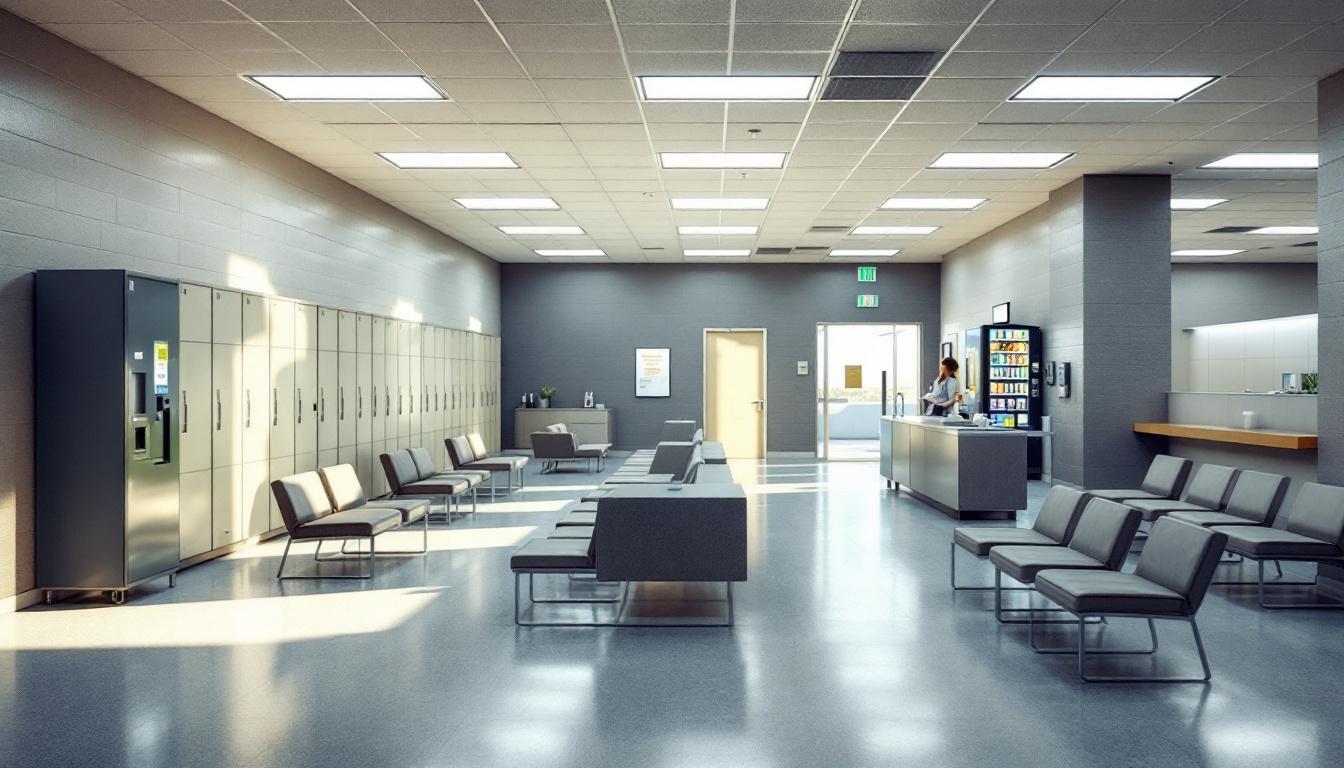
Structured schedules now govern every aspect of residential life, with count times regularly punctuating the day to maintain order and security. Residents typically wake early for breakfast service, followed by work assignments or programming activities that deliver consistency and purpose. The routine generally includes designated periods for meals, recreation, and personal time, creating predictable patterns that many residents find stabilizing.
Housing units at the facility usually accommodate residents in dormitory-style or cell arrangements, depending on security classification and available space. Moreover, residents typically have access to basic personal property allowances and may purchase approved items through the commissary system. Living areas generally include common spaces where residents can interact during designated times, while maintaining the security protocols necessary for facility operations.
Programming schedules often deliver educational opportunities, vocational training, and recreational activities throughout the week. Whereas work assignments may include kitchen duties, maintenance tasks, or facility operations support, recreational time typically provides access to outdoor areas, television viewing, and library services. Family connections remain important through regularly scheduled visitation periods and telephone privileges, helping residents maintain relationships with their support systems during their time at the facility.
Ready to Connect?
Start communicating with your loved one today
Search for an Inmate
